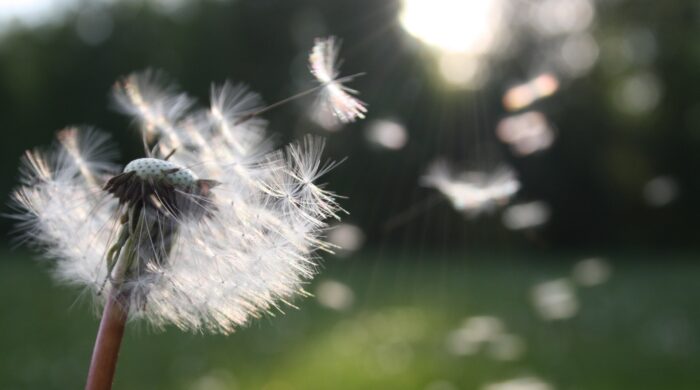What Are Considered Fall Allergies?
Though many associate allergies with springtime, fall can be a miserable time for those who develop symptoms caused by seasonal allergens such as ragweed and mold. In fact, 15 – 30% of the U.S. population suffer from such allergies.
In this post, we’ll discuss what factors trigger fall allergies, symptoms of fall allergies, what allergies exist in home environments, what happens if allergies go untreated and where to get help if you suffer from or suspect you may have fall allergies.
Factors & Causes of Fall Allergies
As the seasons change from summer to autumn, weeds which have flowers that produce pollen such as ragweed, mugwort, nettle, pigweed, lambsquarter, sagebrush and tumbleweed begin to bloom. Pollen counts can also escalate after rainfall, and windier weather contributes to pollen circulating more easily through the air. Colder, damper weather also means a greater opportunity for mold to grow and dust mites to appear in warmer home environments. All of these factors can mean an increase in allergic rhinitis, which is the category that autumn allergies fall into.
Symptoms of Fall Allergies
The symptoms of fall allergies are similar to that of, and often mistaken for, the common cold:
- Congestion
- Sneezing
- Runny nose
- Post-nasal drip
- Headaches
- Trouble breathing
- Sore or itchy throat
Many also experience itchy, watery eyes and rashes or hives.
How to Prevent Reactions to Common Allergens
The most certain way to prevent any reactions to common allergens is to avoid what are called “allergy triggers.” This can be done in a number of ways, based on the allergen you’re working to avoid.
For those impacted by ragweed and other triggers that occur outdoors, try to limit activities that expose you to them (especially in the late morning and midday when pollen counts are traditionally at their highest) and keep windows and doors shut. In addition, a mask, such as the one you likely wear to protect yourself from the COVID virus, can provide an extra layer of protection from allergens as well. Washing clothing frequently and leaving shoes in an outside area or closet with a door that shuts will help lessen the spread of pollen once you get inside.
If your work or activities require you to be outside, there are non-drowsy allergy medications you can buy over the counter that may lessen the severity or eliminate symptoms altogether if your reactions are mild. You may also benefit from a saline nose spray that can decrease swelling and wash away pollens you’ve already inhaled.
If the allergy is specific to ragweed, be aware that consuming certain fruits and vegetables such as melons, bananas and zucchini can trigger symptoms too.
For those impacted by mold, change your heating filters and clean your vents before turning them on for the season, and use a HEPA filter to remove particles from the air. A dehumidifier can also be beneficial to regulate the humidity and prevent mold from growing.
How to Get Treatment
At Western Washington Medical Group, our Allergy Clinic can provide comprehensive allergy testing and treatment plans. The diagnosis is made by using a simple two-step process that covers 32 allergens specific to our region. A brief skin prick and a small injection is all it takes to get definitive results, which will allow the doctor to formulate the best treatment plan possible for you. Treatment may include medication or immunotherapy.
Call the number on this page to make an appointment today. You may also complete the form on the Ear, Nose, Throat/Allergy Audiology page to request an appointment, or for more general health inquiries, fill out the form on this page.
